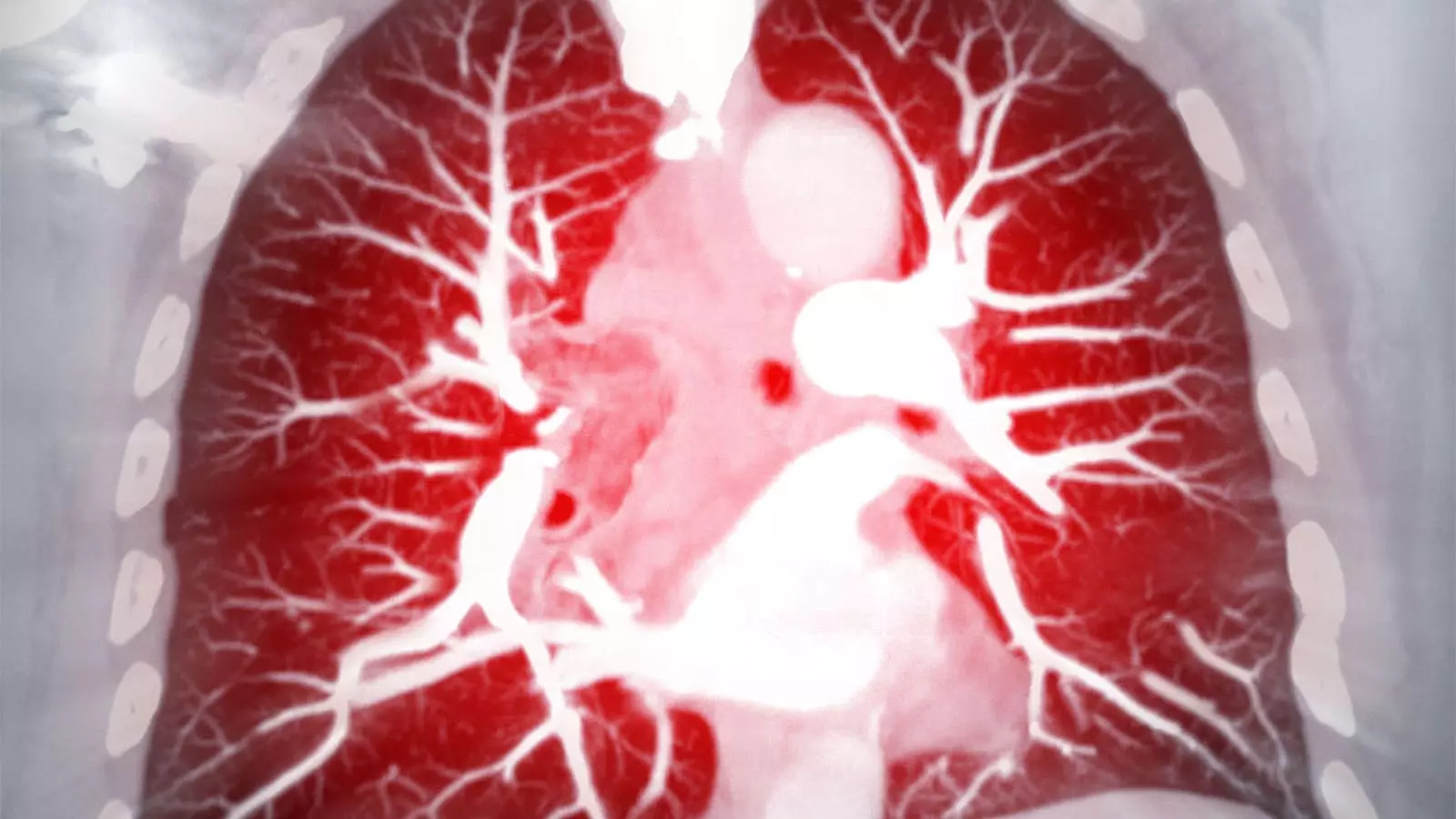In recent months, the landscape of pulmonary arterial hypertension (PAH) management has witnessed significant change following substantial FDA approvals. Both combination therapy macitentan/tadalafil (marketed as Opsynvi) and the novel biologic agent sotatercept (branded as Winrevair) have emerged as prominent treatments for this chronic and often debilitating condition. While both therapies target PAH, their market uptake and initial reception have differed markedly, reflecting a complex interplay of clinical efficacy, patient engagement, and healthcare system realities.
The debut of sotatercept has been characterized by swift acceptance and excitement among healthcare professionals. This novel therapy is distinguished as the first activin-signaling inhibitor for PAH, offering the potential to significantly enhance patient quality of life. According to Kristin Highland, MD, a pulmonologist at the Cleveland Clinic, the uptake has surpassed expectations. The enthusiasm can largely be attributed to the compelling results from the PULSAR phase II trial, which underscored its ability to improve functional capacity and reduce adverse clinical outcomes. Additionally, the announcement of positive topline results from Merck’s ZENITH trial indicated that sotatercept markedly decreased morbidity and mortality risk among patients on background PAH treatment, prompting early termination of the trial due to its encouraging outcomes.
Despite this optimism, the long-term safety profile of sotatercept remains a critical concern, particularly risks such as bleeding that may accompany its usage. Moreover, there are unanswered questions regarding its effectiveness without concurrent prostanoid therapy. With ongoing trials like HYPERION assessing its impact on newly diagnosed intermediate- and high-risk patients, a clearer understanding of sotatercept’s role in the PAH treatment paradigm is anticipated.
Conversely, the combination therapy of macitentan and tadalafil, while innovative as the first single-tablet dual therapy for chronic PAH treatment, has struggled with market penetration. Following its approval just before sotatercept, its adoption has been impeded by significant payer restrictions coupled with the presence of generic alternatives for its constituent drugs. The cumbersome prior-authorization requirements are proving to be a barrier, discouraging both physicians and patients from exploring this new therapeutic option.
Highland notes that this slow uptake is at odds with the findings from the phase III A DUE trial, which demonstrated substantial improvements in pulmonary vascular resistance when using the combination therapy compared to monotherapy. The potential for reduced pill burden and improved patient compliance should ideally enhance patient satisfaction; however, healthcare providers remain hesitant. Sometimes, clinicians prefer a strategy of rapid sequential therapy for patients with comorbidities rather than initiating dual therapy right away.
The contrasting performance of sotatercept and macitentan/tadalafil initiatives brings to light the complexities faced by patients and providers in today’s therapeutic landscape. While sotatercept has achieved remarkable enthusiasm and rapid integration into practice, the practical challenges surrounding macitentan/tadalafil may protect patients from its potential benefits, primarily due to financial and bureaucratic barriers.
The evolving nature of PAH treatment calls for a more comprehensive approach that incorporates both pharmacological advances and patient-centered considerations. Clinicians must weigh the evidence behind these therapies against the background of their patients’ overall health status, comorbid conditions, and personal preferences. Future guidelines and educational resources will need to address the barriers to adoption for both therapies, emphasizing the importance of individualized treatment strategies that optimize patient outcomes.
Ongoing and future studies investigating the long-term impacts of these therapies, including their effectiveness in different patient populations, will be instrumental in shaping PAH management. Tests such as the CADENCE study will shed light on how therapies like sotatercept can extend their benefits into other pulmonary hypertension subtypes, potentially redefining treatment boundaries.
The developments around sotatercept and macitentan/tadalafil reveal the dynamic nature of treatment pathways in PAH. As healthcare providers navigate the introduction of these therapies, understanding both their potential and limitations remains paramount. Continuous research, combined with a focus on patient experience and accessibility, will be key in driving effective management for individuals grappling with this challenging condition.

